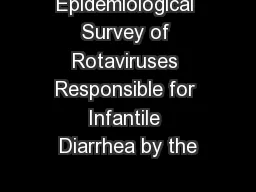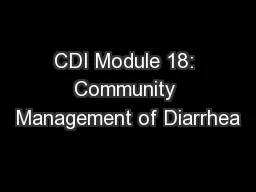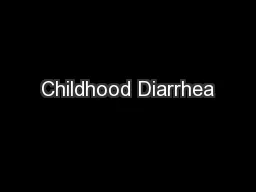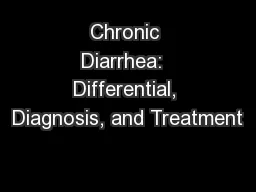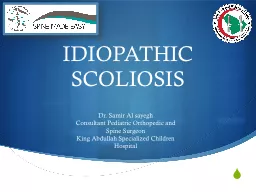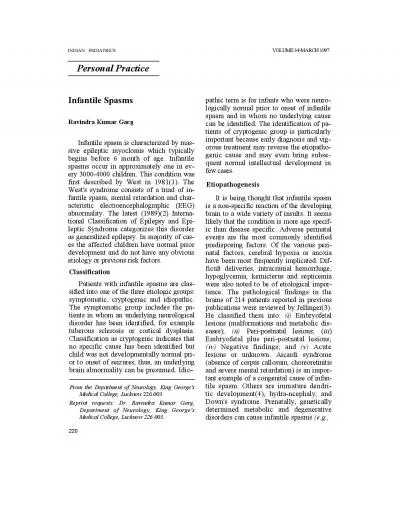PPT-Epidemiological Survey of Rotaviruses Responsible for Infantile Diarrhea by the
Author : chaptoe | Published Date : 2020-06-13
Immunomolecular Technique in Cotonou Benin West Africa Tamègnon Victorien Dougnon Jijoho Mischael Michel Agbla Annick CapoChichi Alidéhou Jerrold Agbankpe
Presentation Embed Code
Download Presentation
Download Presentation The PPT/PDF document "Epidemiological Survey of Rotaviruses Re..." is the property of its rightful owner. Permission is granted to download and print the materials on this website for personal, non-commercial use only, and to display it on your personal computer provided you do not modify the materials and that you retain all copyright notices contained in the materials. By downloading content from our website, you accept the terms of this agreement.
Epidemiological Survey of Rotaviruses Responsible for Infantile Diarrhea by the: Transcript
Immunomolecular Technique in Cotonou Benin West Africa Tamègnon Victorien Dougnon Jijoho Mischael Michel Agbla Annick CapoChichi Alidéhou Jerrold Agbankpe Anges William M Yadouleton Olivia . Steroids in Pediatric Epilepsy: Infantile Spasms and Beyond… Mary Kurian and Christian M. KorffPediatric Neurology, University Hospitals, GenevaSummaryIn addition to their role in the treatment o A Training Program on Community- Directed Intervention (CDI) to Improve Access to Essential Health Services. Module 18 Objectives. By the end of this module, learners will: . State the . burden of diarrheal illnesses. (Gastro-enteritis. ). Prof. Dr. Mohamed A. . Khafagy. Public Health & Preventive Medicine. Epidemiology of Communicable Diseases . A clinical syndrome. :. Affects . GIT. Has . different etiologies: . lesion in an . infant. PICTURE QUIZ. BMJ 28 . November 2011. د. حسين محمد . جمعه . اختصاصي الامراض الباطنة . البورد العربي . كلية طب الموصل . Role of Rotavirus. 26. th. Annual Client Appreciation Day . Kent Schwartz. Iowa State University. Veterinary Diagnostic Laboratory. Overview. History and changes. Bit of science. Causes of diarrhea in farrowing. …and . the salvation of stool. Teri . Brentnall. , M.D.. Professor, Medicine Gastroenterology. Government Calls Conference to Study Deadly Infection. A type of bacteria that causes virulent diarrhea has been spreading through hospitals. of Infectious Diseases. Huashan. Hospital. 1. Diarrheal illness is one of the leading causes of death . worldwide.. . It. is most commonly encountered in . develeoping. . countries.. Alison Freeman, MD, MPH. Primary Care Conference. January 5, 2012. Case 1. 61 . yo. M with no . signif. . PMHx. (although hasn’t been to MD in >10 yrs), presents w/ 3-4 years of watery diarrhea, now worse for last 1 mos. Endorses 12-14 BMs, fairly large volume, daily. Denies . Eric M. Osgard MD FACG. Gastroenterology Consultants. Reno, NV. Chronic Diarrhea. Definition. “Old” sub-types. Osmotic, secretory, motility, inflammatory. “New” Subtypes. Inflammatory, Fatty, and Watery . yr. of age and are often, owing to their brevity, overlooked by parents for many months even though they can occur up to hundreds of times per day. The characteristic of the attack is a brief . arrest. sayegh. Consultant Pediatric Orthopedic and Spine Surgeon. King Abdullah Specialized Children Hospital. Idiopathic Scoliosis. I. diopathic . scoliosis is a structural lateral curvature of the spine for which no cause can be . Diarrhea has many causes. You may get it because of chemotherapy, radiation therapy to the lower abdomen, malabsorption, or use of antibiotics. It can also develop because of intolerance to milk or d Effects St udy Protocol Document Dat e: March 02, 2020 2 | Page 1. G eneral Information Infantile colic or extensive crying is a major burden for newborns, their parents and healthcare providers [ VOLUME 34-MARCH 1997 Personal Practice Infantile Spasms Ravindra Kumar Garg Infantile spasm is characterized by mas- sive epileptic myoclonus which typically begins before 6 month of age. Inf
Download Document
Here is the link to download the presentation.
"Epidemiological Survey of Rotaviruses Responsible for Infantile Diarrhea by the"The content belongs to its owner. You may download and print it for personal use, without modification, and keep all copyright notices. By downloading, you agree to these terms.
Related Documents

